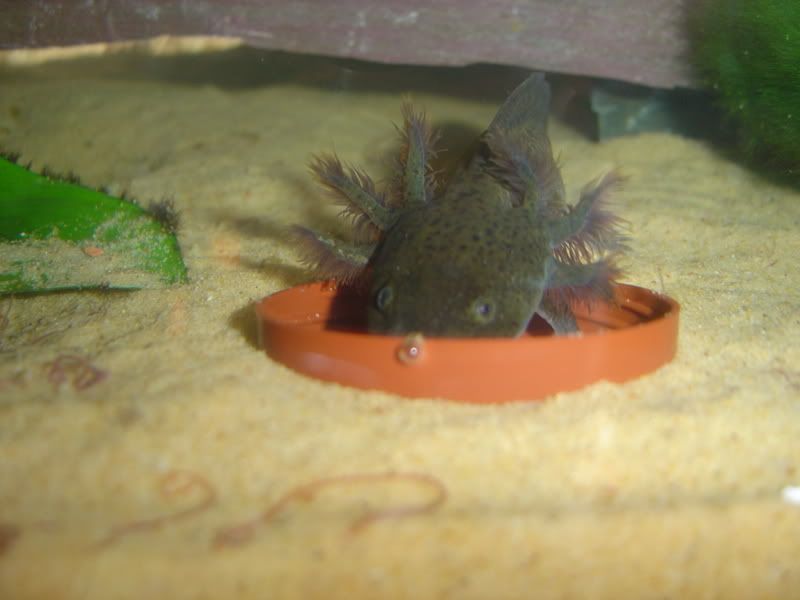connorsbala
New member
- Joined
- Mar 6, 2007
- Messages
- 139
- Reaction score
- 0
- Points
- 0
- Location
- London,England
- Country
- United Kingdom
- Display Name
- Connor S
Is this fungus on its bottom left gill?



Does it look fuzzy or slimy, or raised in any way? Has it changed at all since you've noticed it? Try gently rubbing at it with a cotton bud to see if it comes off.
It does look like natural coloration to me. Mine also have the same 'patches' on their bodies.
